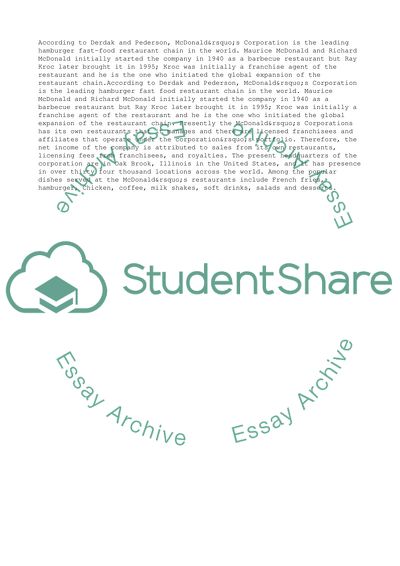Cite this document
(“Strategic Position of McDonalds in the Fast Food Industry Essay”, n.d.)
Strategic Position of McDonalds in the Fast Food Industry Essay. Retrieved from https://studentshare.org/management/1620325-strategic-position-of-mcdonalds-in-the-fast-food-industry
Strategic Position of McDonalds in the Fast Food Industry Essay. Retrieved from https://studentshare.org/management/1620325-strategic-position-of-mcdonalds-in-the-fast-food-industry
(Strategic Position of McDonalds in the Fast Food Industry Essay)
Strategic Position of McDonalds in the Fast Food Industry Essay. https://studentshare.org/management/1620325-strategic-position-of-mcdonalds-in-the-fast-food-industry.
Strategic Position of McDonalds in the Fast Food Industry Essay. https://studentshare.org/management/1620325-strategic-position-of-mcdonalds-in-the-fast-food-industry.
“Strategic Position of McDonalds in the Fast Food Industry Essay”, n.d. https://studentshare.org/management/1620325-strategic-position-of-mcdonalds-in-the-fast-food-industry.


